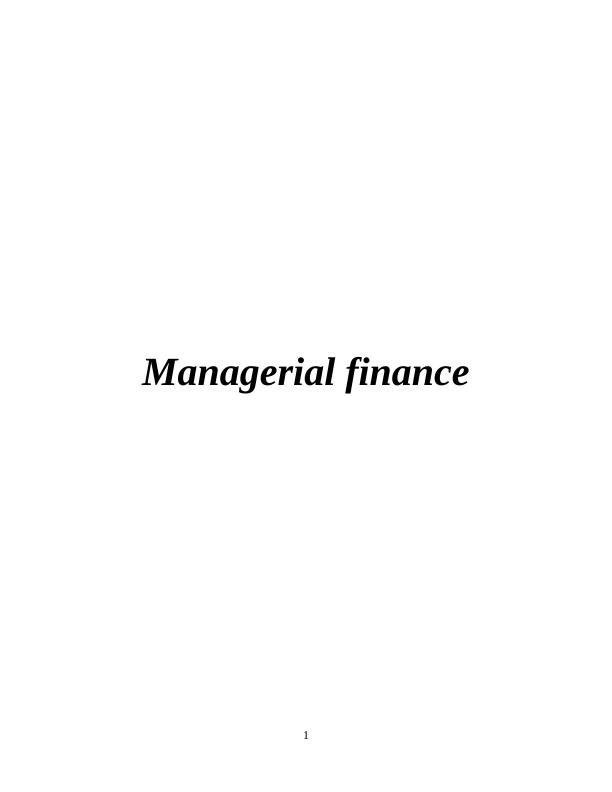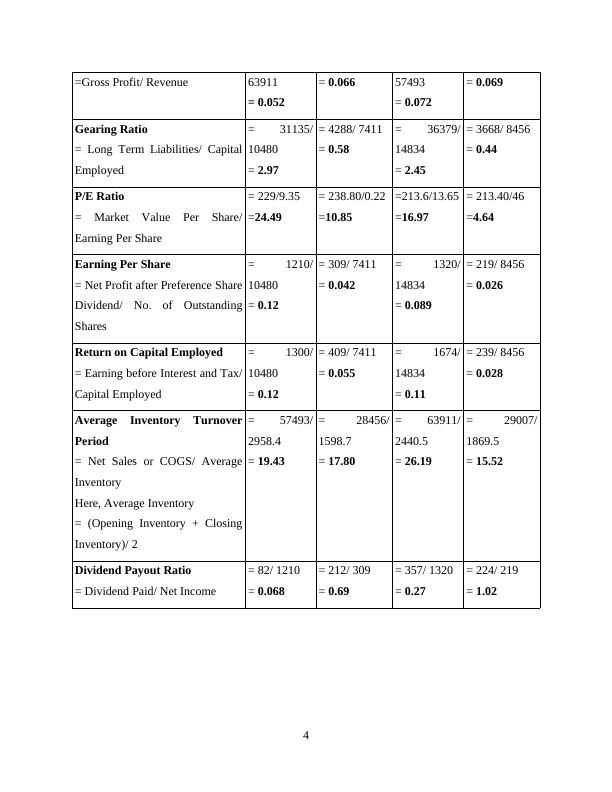Managerial Finance: Analysis and Recommendations for Improving Financial Performance
Added on 2022-12-30
20 Pages3756 Words57 Views
End of preview
Want to access all the pages? Upload your documents or become a member.
Managerial Finance: Ratio Analysis and Investment Appraisal Techniques
|19
|4171
|50
Managerial Finance: Evaluating Financial Performance and Investment Appraisal
|17
|3768
|67
Managerial Financial: Ratio Analysis and Investment Appraisal
|19
|4170
|5
Managerial Finance: Analysis of Financial Ratios and Investment Appraisal Techniques
|14
|3471
|93
Financial Performance Analysis of Tesco & Sainsbury
|20
|3892
|75
Managerial Finance: Ratio Analysis and Investment Appraisal
|18
|4416
|1



